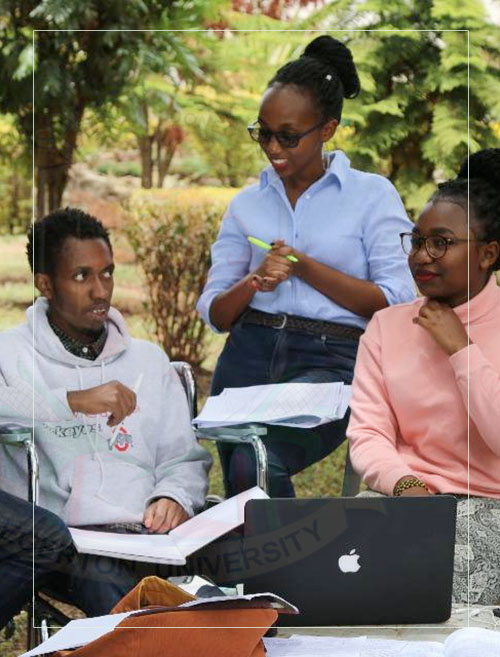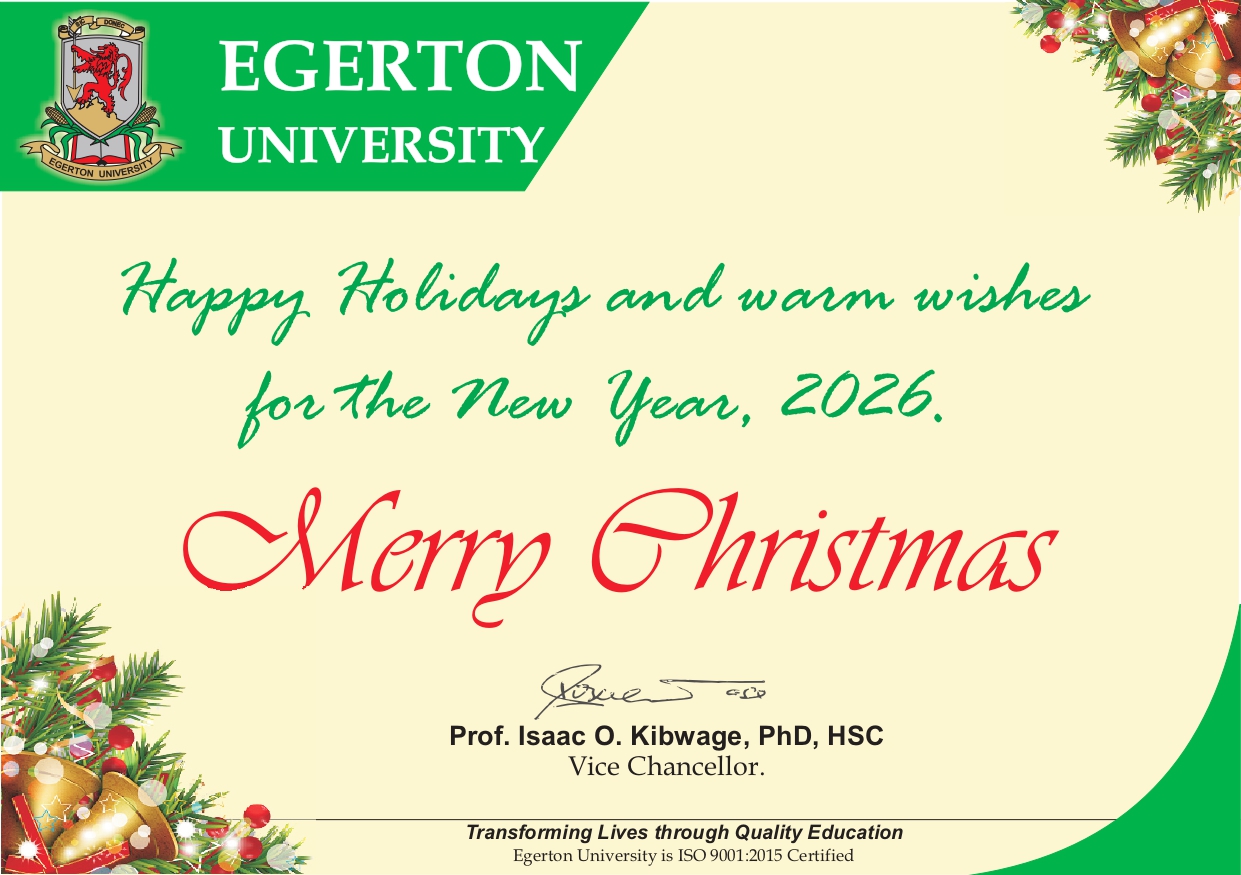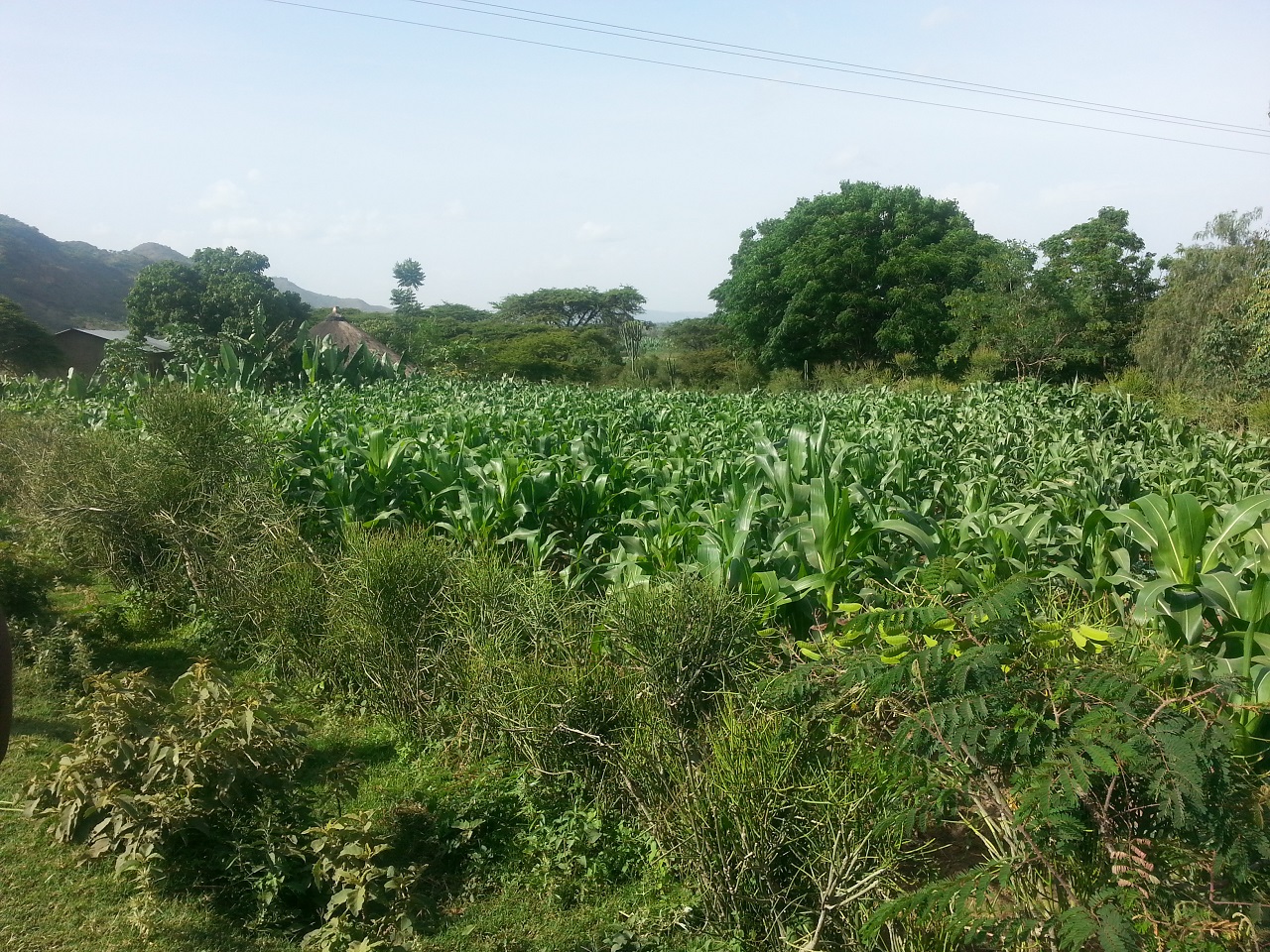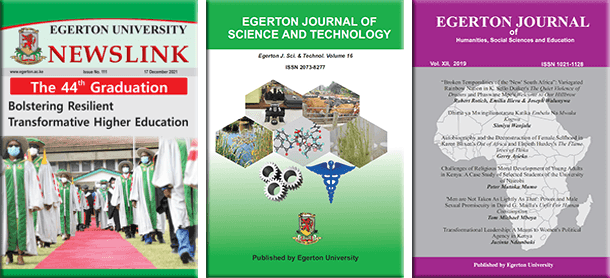-

In the picturesque landscapes of rural Kenya, smallholder farmers are embarking on a journey towards sustainable agriculture. Armed with determination and resilience, they are weaving together a tapestry of practices aimed at enhancing crop yield while safeguarding precious soil fertility. Yet, amidst this noble endeavor, a crucial question lingers: What factors drive the adoption of these sustainable practices, and what are their real-world impacts?
Enter a team of researchers: Gideon Aiko Obare (Egerton University, Kenya), Wilckyster Nyateko Nyarindo (University of Embu, Kenya) Amin Mugera and Atakelty Hailu (University of Western Australia, Australia), and Their complex yet insightful study, published in a prestigious Agricultural Economics journal, offers a glimpse into the intricate dynamics of sustainable agricultural intensification (SAI) adoption among smallholder maize-legume producers in Kenya.
Through a meticulous three-wave panel survey, the researchers delve deep into the adoption patterns and outcomes of ten SAI practices, clustered into five distinct groups. Employing sophisticated statistical models, they dissect the plot-level choices of farmers, shedding light on the underlying factors driving adoption decisions.
What emerges from their analysis is a nuanced portrait of smallholder farming realities. Factors such as the frequency of extension contacts, farm labor availability, household wealth, and the education level of household heads emerge as pivotal influencers, positively shaping the adoption of SAI practices.
Conversely, challenges such as land tenure insecurity and poor soil quality cast a shadow, highlighting the complex interplay of socio-economic and environmental factors at play.
But the study's insights extend beyond mere adoption trends. By employing a multinomial endogenous treatment effects model, the researchers uncover a kaleidoscope of outcomes across the five SAI clusters.
From variations in crop yield and revenue to fluctuations in total variable costs and net income, the study paints a vivid picture of the diverse impacts of sustainable farming practices. Importantly, these impacts are not uniform, varying according to crop systems, geographical regions, and cropping years.
However, amidst this variability lies a glimmer of hope. The study challenges the notion of a one-size-fits-all extension approach, advocating instead for participatory policies that empower farmers to co-create and disseminate locally adaptable SAI bundles.
By tailoring interventions to suit the unique needs and preferences of each community, policymakers and extension agents can unlock the full potential of sustainable agriculture.
Indeed, the implications of this research are profound. As the global community grapples with the twin challenges of food security and climate change, initiatives that empower smallholder farmers to embrace sustainable practices take on added significance.
With insights gleaned from studies such as this, stakeholders are better equipped to chart a course towards a more resilient, equitable, and environmentally sustainable agricultural future.
Story by: Kurian Musa, Egerton University.
Email:
This email address is being protected from spambots. You need JavaScript enabled to view it. /This email address is being protected from spambots. You need JavaScript enabled to view it.







